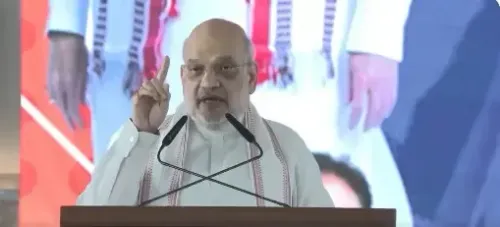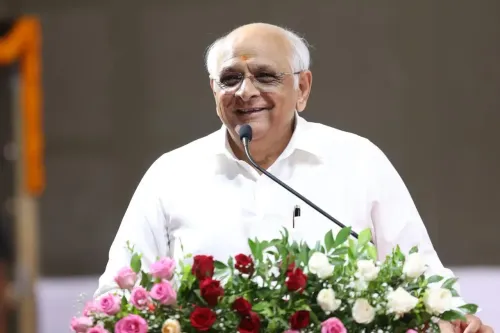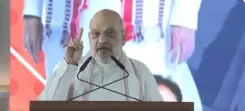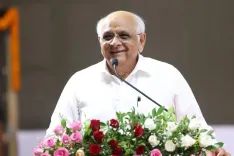Is the Government Planning to Extend the Jal Jeevan Mission to 2028 with Increased Funding?

Synopsis
Key Takeaways
- Proposal to extend Jal Jeevan Mission until 2028
- Goal of 100% tap water coverage in rural households
- Over 15.67 crore households currently have tap water access
- Challenges include water scarcity and infrastructure issues
- Government implementing measures to enhance coordination
New Delhi, July 28 (NationPress) In a bid to ensure Functional Household Tap Connections for every rural home, the government is exploring a proposal to extend the Jal Jeevan Mission until 2028 with an increased financial outlay, as reported to the Rajya Sabha on Monday.
The Minister of State for Jal Shakti, V. Somanna, stated in a written response, “As of July 23, out of 19.36 crore rural households across the nation, over 15.67 crore (80.95 percent) households are said to have tap water access.”
“A proposal to continue the Jal Jeevan Mission until 2028, including enhanced funding guidelines, is actively under consideration,” Somanna added.
This extension aligns with the government's objective to achieve 100 percent tap water coverage in all rural households.
At the inception of the Mission in August 2019, only 3.23 crore (16.7 percent) rural households had tap water connections, according to the MoS.
As of July 23, reports indicate that under the Jal Jeevan Mission (JJM) – Har Ghar Jal, approximately 12.44 crore additional rural households have received tap water connections, Somanna noted.
This Mission emphasizes the quality of infrastructure and the operation and maintenance of rural piped water supply schemes, ensuring long-term sustainability and citizen-focused water service delivery.
It is designed not only to widen coverage but also to foster sustained operation, maintenance, and enhancement of the quality of rural piped water infrastructure.
However, several challenges impede the Mission's implementation, including water scarcity in drought-affected and desert areas, groundwater contamination, dispersed rural populations, a shortage of skilled personnel, and lags in fund disbursement and regulatory approvals.
In response to these challenges, the government has taken numerous steps, including providing interest-free capital investment loans to states, designating nodal officers for inter-departmental coordination, and establishing state and District Programme Management Units.









